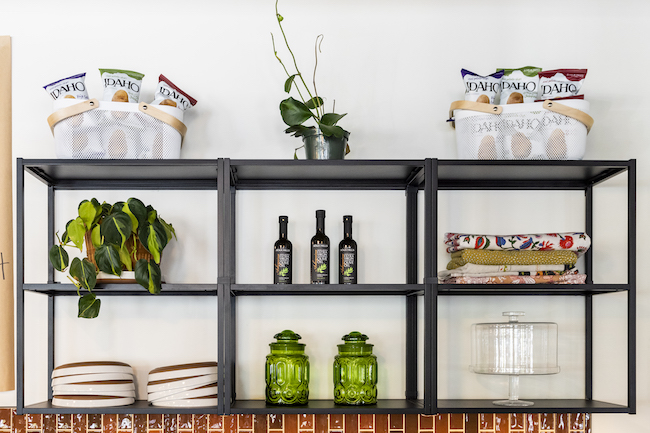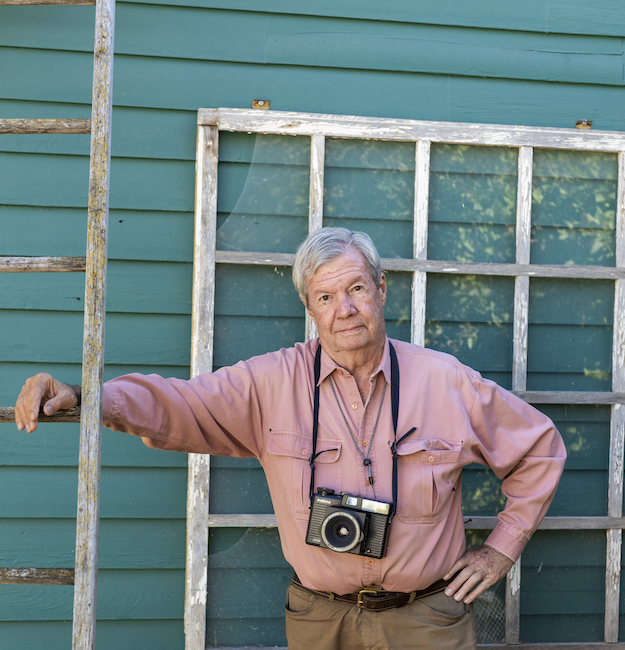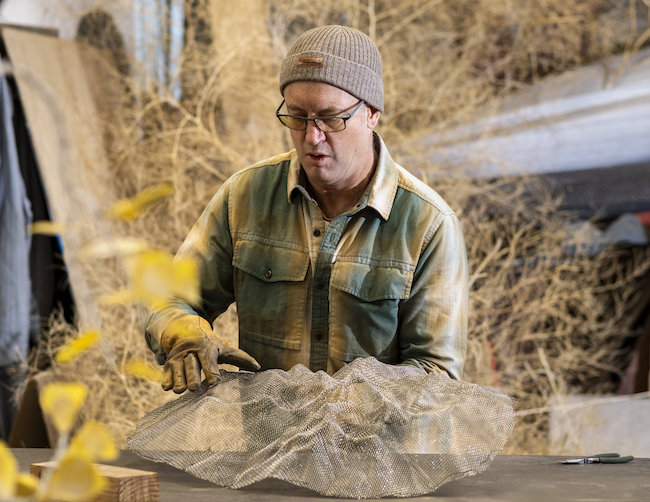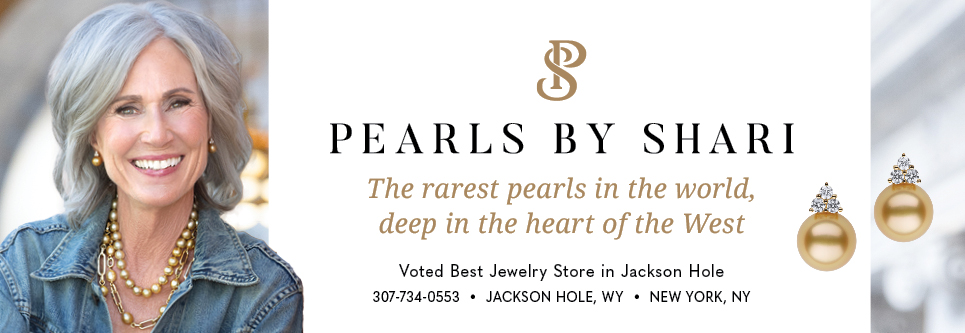Flower Power
25 Nov 2024
Jackson Hole research targets brain cancer treatment
Winter/Spring 2025
Written By: Heather Jarvis | Images: Brain Chemistry Labs
Long before the advent of modern medicine, healers from Indigenous cultures innately used plants as medicine, passing down their knowledge of treatments for a wide range of ailments.
Violets, such a small, delicate flower, have historically been known for treating coughs and fevers. The Nuttall's violet, a beautiful hue of gold, and the early blue violet, in its more traditional shade, can be found scattered across Jackson Hole’s valley floors.
Dr. Samantha Gerlach and the team at Brain Chemistry Labs, a nonprofit in Jackson, have been researching the compounds in violets since 2019. More specifically, targeting its use in the treatment of glioblastoma, the most aggressive, lethal form of cancer in the brain.
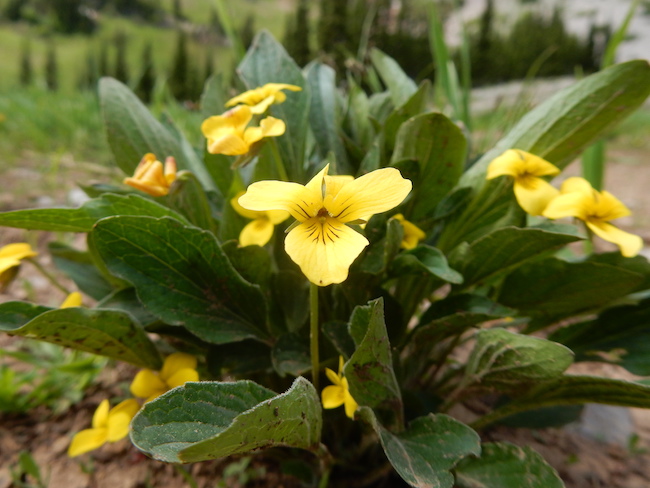
The Research
Gerlach, a tenured professor at Dillard University in New Orleans, spends her summers in Jackson researching the violet's effectiveness in cancer treatment. She became interested in plant medicine while working with Dr. Paul Alan Cox of Brain Chemistry Labs, a renowned ethnobotanist who was on her PhD committee. She wanted to find out how traditional healers use plants in other cultures, and why that’s important to Western medicine.
“Historically, plants are absolutely vital sources of medicine,” Gerlach says. “Eighty percent of our global population still uses plants as their first form of defense.”
In her efforts to understand plants as medicine, she traveled to areas like Samoa, Panama, Hawaii and Sweden to study their use in different cultures.
Working on a grant through Dillard University, she started researching cyclotides: small proteins created by plants that have been shown to have antiviral, antibacterial and anti-cancer effects.
Through Cox and Brain Chemistry Labs, which focuses on diseases of the brain, she specifically narrowed down her research to study the use of cyclotides as a treatment for glioblastoma.
“If you walk into a pharmacy, 50% of prescriptions that you're going to obtain are going to be modeled after a plant molecule. So we know natural medicine is extremely important,” she says.
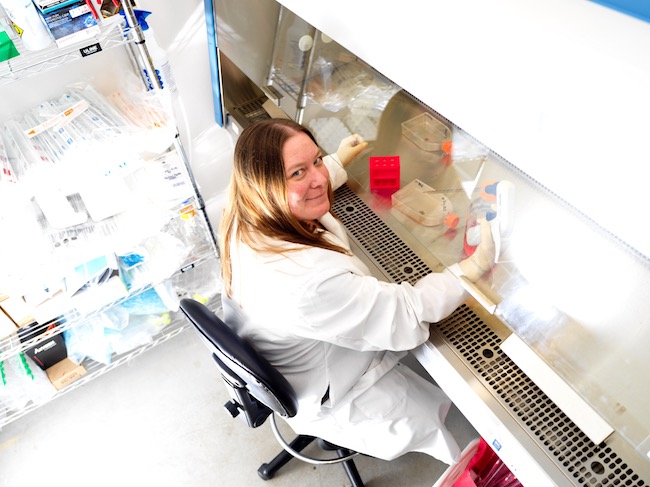
Promising Results
Glioblastoma, a fast-growing, aggressive cancer, is deadly. Adults and children diagnosed with the disease usually die within a year of diagnosis. Surgery alone is not an option, so typically radiation and chemotherapy are necessary in a treatment plan.
“Unfortunately, our chemotherapeutic drugs currently for glioblastoma are not very efficacious,” Gerlach says.
The strongest chemotherapy drug approved by the FDA — temozolomide — is only effective in 50% of the patients. The other challenge is patients typically gain resistance to it quickly, and the side effects are severe.
The results of Brain Chemistry Labs’ studies have been promising. Gerlach and the team have found that using cyclotides isolated from violets in combination with temozolomide has increased its effectiveness tenfold.
“The idea is, if we can lower the dose of temozolomide needed with the help of the cyclotide, then that would reduce the side effects,” she says. “And so we're really motivated to sort of tease apart this possibility of what we call in cancer research adjuvant chemotherapy, which is using more than one drug in order to fight, in this case, glioblastoma.”
As it would take a massive amount of violets to extract enough of the cyclotides for one patient, Gerlach and the team were able to successfully synthesize these compounds by the end of the summer.
“That is a huge step forward, because that means we can move towards animal models,” she says.
While Gerlach is back in New Orleans for the winter season, come summer, she’ll be once again heading to higher elevations to pursue this admirable goal. If their treatments are effective in animal models, it could then move toward human trials.
As the world begins to change with our ever-growing population, Gerlach notes that it’s even more important to maintain species diversity through conservation measures, and to study the plants that have historically been used as medicine in indigenous cultures.
“This violet, if it holds an answer, even part of an answer, to unlocking the mysteries of glioblastoma, then that's vital,” she says. “We would want to conserve all plants that could potentially have these compounds.”


